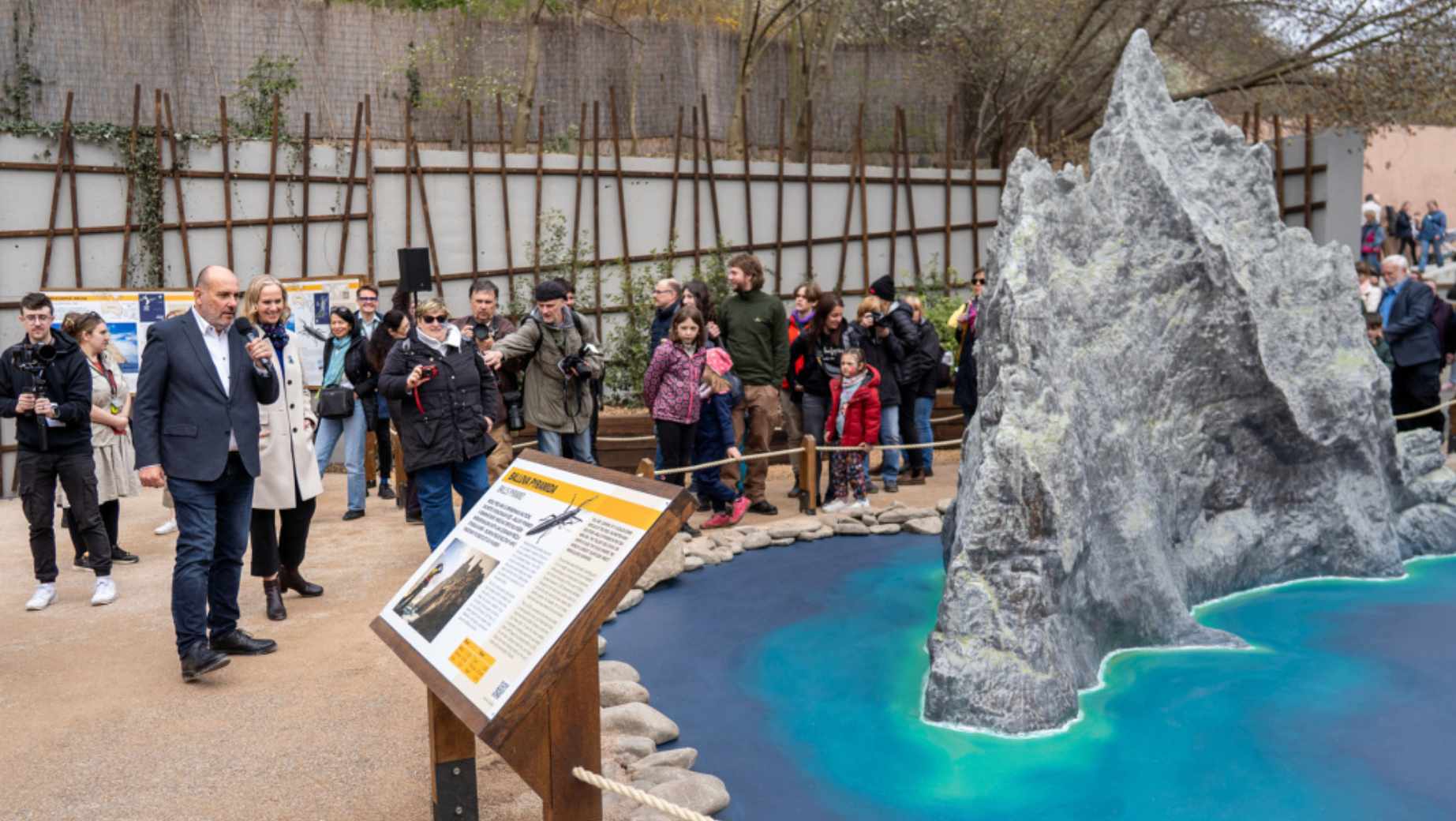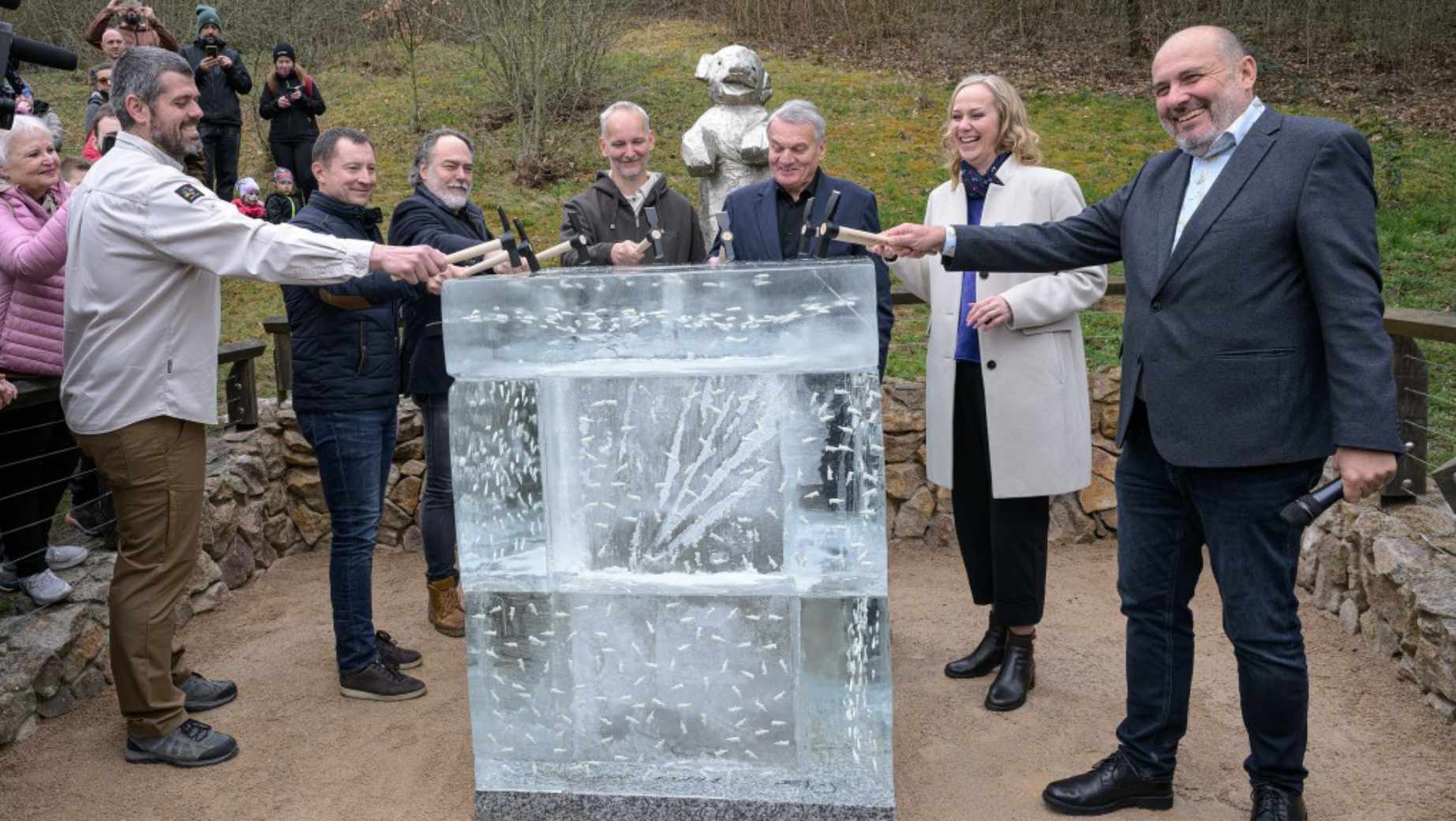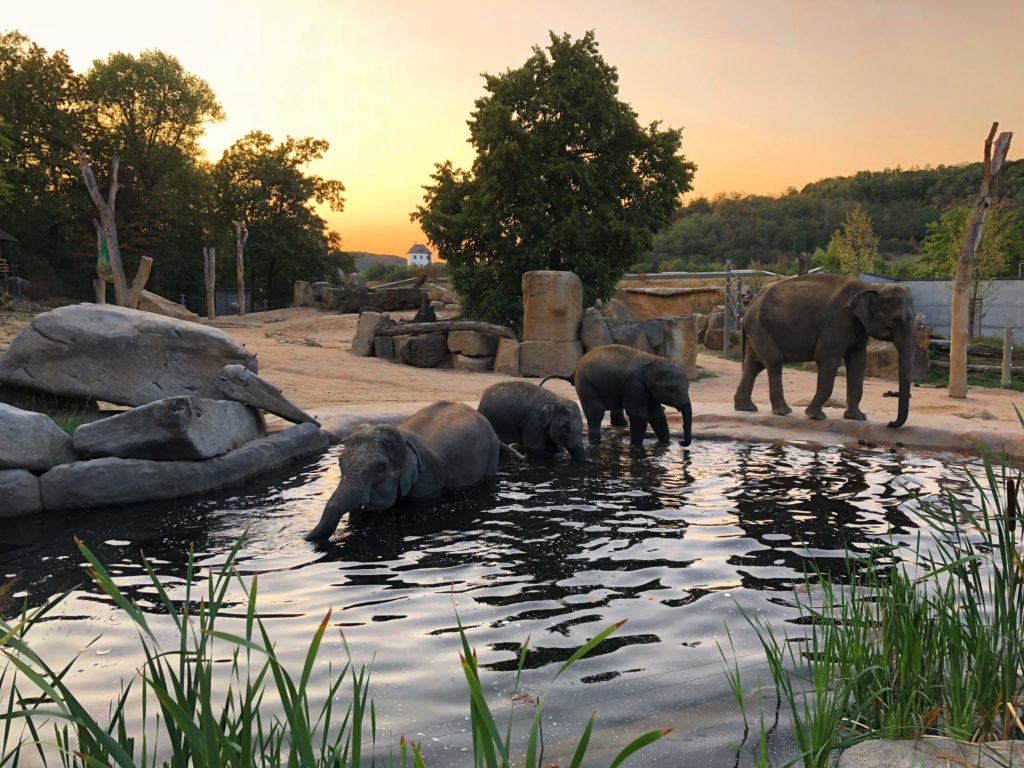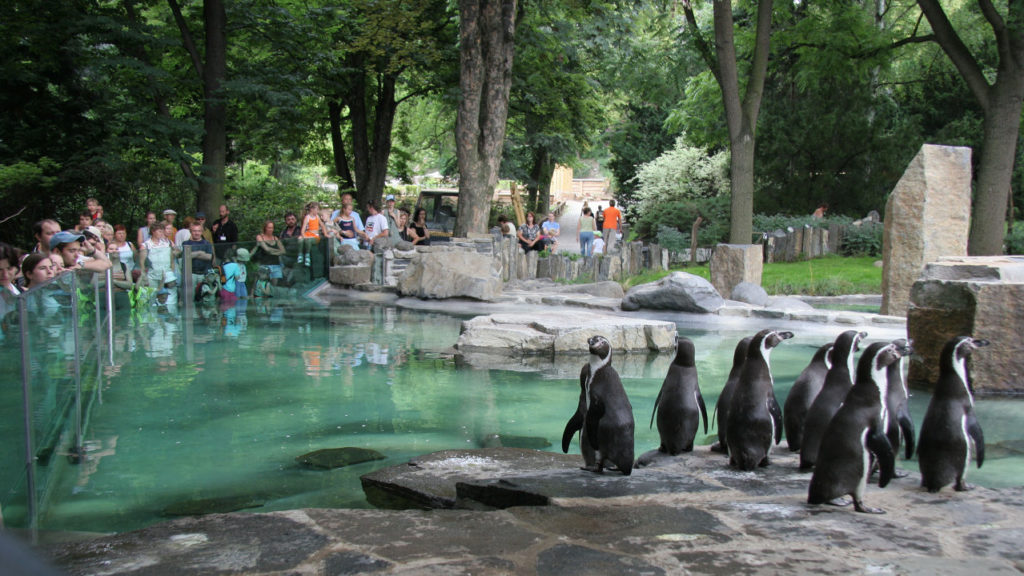Prague Zoo has officially begun construction on a new Arctic pavilion, which will feature state-of-the-art enclosures for polar bears and harbour seals.
The project was announced by Pavel Brandl, curator of mammal breeding, on Saturday during the zoo’s 94th season opening. The event included a ceremonial laying of the foundation stone for the Arctic exhibition complex.
The pavilion will consist of three enclosures: one with a watercourse for polar bears and two for harbour seals. According to the zoo’s director, Miroslav Bobek, the facility will offer visitors a unique underwater view of the bears, enhancing the educational and observational experience.
Bobek emphasised that the new pavilion aligns with the latest research on polar bear care while continuing Prague Zoo’s long-standing tradition of breeding them. The zoo has housed polar bears since 1932 and achieved a world-first in 1942 with the successful artificial rearing of a cub.
Despite these milestones, breeding polar bears remains complex. Female bears sometimes reject or harm their young, and replicating their milk for artificial rearing poses a significant challenge.

The construction is expected to take around three years and cost 755 million CZK—well below the initial estimate of over one billion CZK.
Spanning 8,000 square meters in the zoo’s northwest section near Gočárový domů, the Arctic complex will include not only animal enclosures but also visitor-friendly spaces such as a restaurant and other facilities.
Alongside the Arctic pavilion announcement, Prague Zoo unveiled a new exhibit featuring critically endangered lobsters, named Ball’s Pyramid after the world’s tallest sea stack, where the species was discovered in the 1960s.

The zoo has also introduced an interactive programme for visitors, offering face painting at the Gočár Houses and Bororo Reservation, an Arctic-themed play area, and guided feeding sessions.
Guests can watch feedings of meerkats, ring-tailed lemurs, and South African sea lions, including their popular veterinary training demonstrations.
Would you like us to write about your business? Find out more
Prague Zoo celebrates the 88th anniversary of its opening today Saturday, September 28, which is a national holiday.
The zoo has a rich history and on Thursday viewers are able to get a sense of it through a number of exhibitions. Events included special shows for children and adults, music.
Prague Zoo was opened to the public in 1931, but its history reaches much further back in time. That is to the year 1881, when Count Sweerts-Sporck (hrabě Špork) initiated the establishment of a zoo in Prague. The process took place over the following decades and involved, among other things, the emergence of The Association for the Establishment of a Zoological and Acclimatization Garden.
The Indonesian Jungle, which is currently breeding Komodo Dragons, a relatively new Sea Lion exhibit, and Monkey Island are among the newer additions to the zoo.
A popular attraction of the zoo is a ride on the local chairlift which transports visitors from the lower area of the zoo to the upper section.
Prague Zoo currently covers 58 hectares with 50 hectares used for exhibits. It has over 4,700 animals from 681 species, including 144 species listed as threatened. The zoo has 12 pavilions and over 150 exhibits. It has been particularly active in the preservation of the Przewalski’s horses, which are slowly being returned to the wild.
Prague Zoo last year was named the fifth best zoo in the world by travel website TripAdvisor. The ranking is based on visitor reviews. The zoo took fourth place in 2015 and seventh place in 2014.
For more information, visit www.zoopraha.cz


Prague Zoo will celebrate its 88th anniversary. As part of the celebrations, a new pavilion with a unique collection of parrots from all around the world will happen on Saturday 28th September.
The most precious presentation will be the Lear’s macaw, which scientists considered some time ago extinct.
The director of Prague Zoo, Miroslav Bobek, recalls how the idea of a new pavilion with exotic parrots started: “The arrangements for the construction began on the day I met Stanislav Rákos for the first and unfortunately last time. This enthusiastic breeder of exotic birds decided to leave a substantial part of his to Prague Zoo shortly before his death. When we talked about how we could use the money, I mentioned one of our thoughts: to build a brand new pavilion designed especially for parrots in place of cramped aviaries from the early 30s. Mr. Rákos was enthusiastic about this idea to the point where during our meeting, he asked me how much we would need for this purpose”.
Thanks to Stanislav Rákos, Praguers can now look forward to a unique pavilion, which is also appreciated by world-renowned British ornithologist and writer Rosemary Low: “The expositions of the Prague Parrot Pavilion are the most realistic and pleasing I’ve ever seen in any zoo. I am sure that Prague Zoo visitors will be amazed and enchanted!”
Eight habitats and “best” species
“Parrots will be in an environment that corresponds almost perfectly to the areas where they live in the wild. In the pavilion we have eight different habitats occupied by the best species: Lear’s macaw, Pesquet’s parrot, Yellow-billed amazon, Hyacinth macaw and more”, says Bobek.
Several guests will attend the anniversary celebration and the opening of the new pavilion – for instance, the Mayor of Prague Zděnek Hřib, world-famous ballet dancer Jiří Bubeníček or actors Hynek Čermák and Klára Trojanová.
PRAGUE (AP): After producing plenty of elephant dung and other manure for years, Prague Zoo has capitalized on its expertise by creating a new permanent exhibit on the world of animal excrement.
It displays information and samples of everything from fossil turds, also known as coprolites, from extinct animals to the excrement of modern-day gorillas, lions, elephants, horses, turtles, wombats, camels, and other animals, all in various sizes, shapes, textures, and colors.
Zoo director Miroslav Bobek, whose surname literally means “poop” in Czech, says he was inspired by American George Frandsen and his online museum.
The exhibition coincides with the zoo’s publication of a new edition of the “Encyclopedia of Excrements.”
The zoo has been selling elephant dung to gardeners as fertilizer for years.
